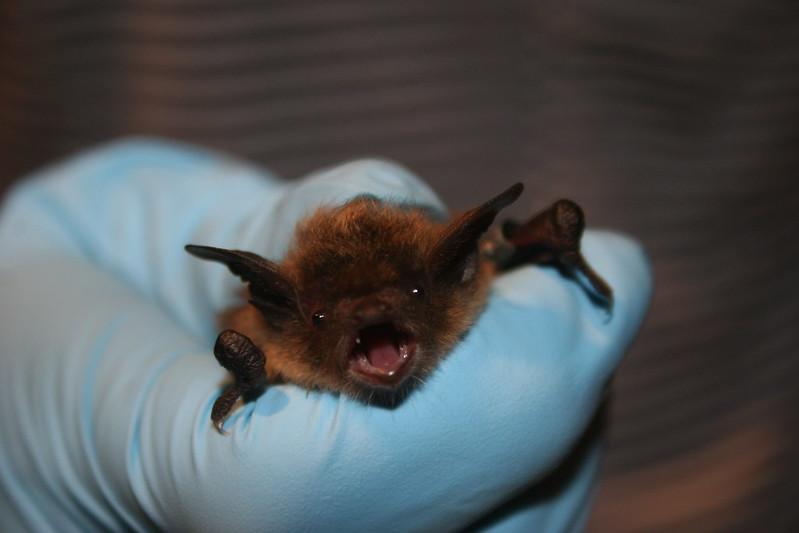In the News

March 09, 2020
At a critical time for the future of life on Earth, The College of Veterinary Medicine announces the establishment of the Cornell Wildlife Health Center. The new center focuses on catalyzing multidisciplinary collaboration to address wildlife health challenges worldwide, while immersing students in unique learning experiences at home and abroad.

February 17, 2020
Vaccinations are intended to help our immune systems protect us from a disease. They prevent outbreaks of disease in humans and domestic animals. What about wild animals? Do they get vaccinated too?
Video
October 23, 2019
The One Health concept recognizes that the health of people is connected to that of animals and the environment. Amphibians have been documented to help keep forests healthy while also serving as key indicators of water quality.

October 07, 2019
Cornell's wildlife experts weigh-in on the impact of white-nose syndrome, a fungus that has been devastating bat populations across North America, with a mortality rate that can often reach 90 to 100 percent.

October 02, 2019
The Cornell Wildlife Health Lab has created StaPOPd, an interactive online tool that helps calculate how many plants or animals need to be introduced into a habitat in order to establish a stable population - a critical piece of information for conservation projects.

For Your Information
October 01, 2019

September 23, 2019
Cornell's Dr. Laura Goodman helped to identify a new deadly fungal disease in porcupines, adding to the list of species hit by such outbreaks. The newly discovered fungal disease is zoonotic, which means it can be passed on to humans, although there are no documented cases of this occurring.

August 15, 2019
The New York State Department of Environmental Conservation is proposing new regulations to prevent chronic wasting disease (CWD) from entering the state. CWD is a fatal nervous system disease that affects deer, elk, and moose. According to Cornell's Dr. Krysten Schuler, New York has avoided outbreaks in its deer populations since 2005.

June 27, 2019
Cornell's Dr. Krysten Schuler was invited to provide her expert testimony and recommendations on combating chronic wasting disease (CWD) to the U.S. House of Representatives Committee on Natural Resources.

